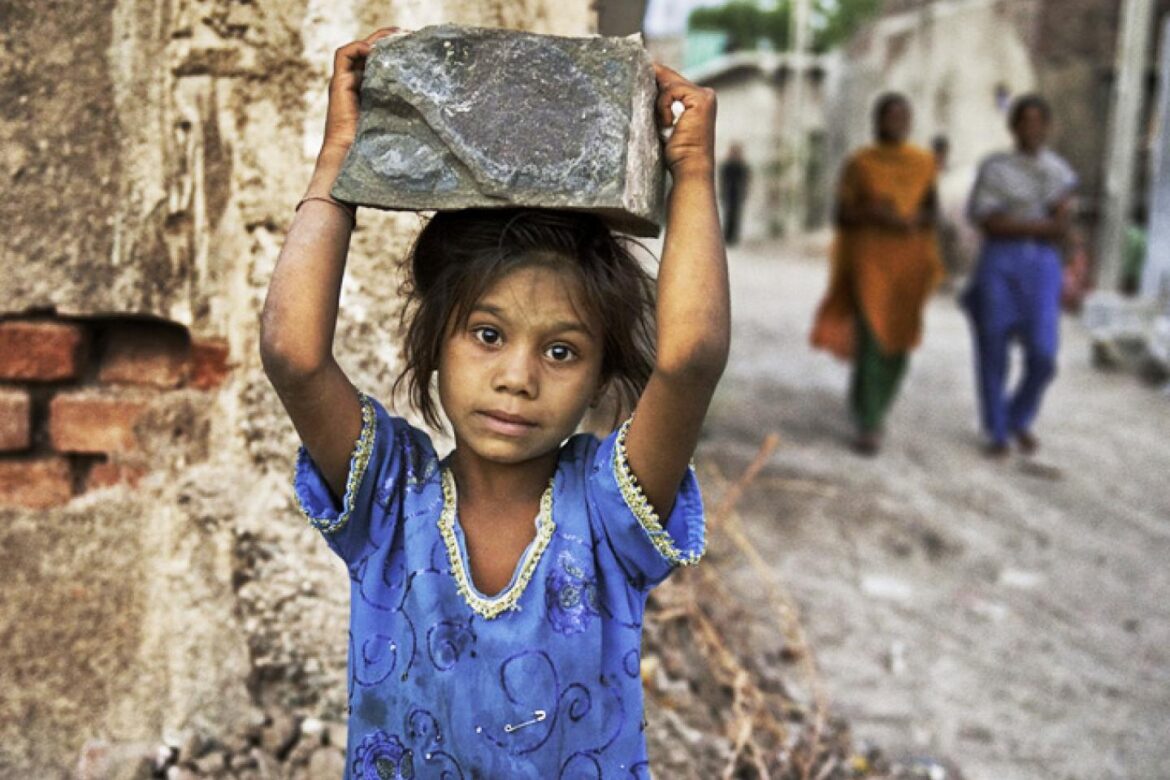SELECT THE WORDS & LEVEL
In the 21st century, employing children under the age of 16 in any work is illegal. However, this does not stop children from being exploited in several industries worldwide. In recent years, there has been growing concern about the use of child labour in the manufacturing industry. This is because manufacturing is one of the most likely to use child labour.
This blog post will explore what child labour is and how you can help prevent it. We will also provide examples of child labour in different industries and discuss ways that you can fight against it.
Child Labour Essay
What is Child Labour?

Child labour is a child’s work without the permission of their parents or legal guardians. This type of work can be in the home, in a factory, or on a farm. Child labour can be dangerous and very difficult to escape from. Child labourers are often not paid wages but are given gifts, food, or money by their employers. They may also have to do tasks for free or below minimum wage. Child labourers may be able to get an education while working, but they may not be able to get an education if they are working long hours every day. There are many types of child labour: agriculture, domestic work, manufacturing, mining, services (such as street vending), and transportation.
Contributing Factors of Increasing Child Labour

There is no single answer to why child labour increases in certain countries or regions. Contributing factors may include poverty, poor educational opportunities and health care for children, a lack of enforcement of labour laws, social customs that condone child labour, and the influence of organized crime.
One contributor to child labour is poverty. Children working in poverty often have less access to schooling and more opportunities to work than children from wealthy families. Unpaid work can also provide an essential source of income for families who are struggling economically.
Another contributor to child labour is poor educational opportunities and health care for children. If children cannot attend school because they are working or working full time, they will not receive an education. This can lead to increased chances of becoming involved in child labour or dropping out of school altogether. In addition, if a family cannot afford adequate health care for their children, they may be unable to get them medical treatment if they are injured at work. This can increase their chances of developing severe health problems and ending up in a situation where they are forced to work instead.
A lack of enforcement of labour laws also contributes to increased child labour rates. Governments may not enforce labour laws if it is difficult or expensive. This can encourage employers to use child labourers instead of adults because it is easier and cheaper. In addition, authorities may not take action against employers who use child labourers if they believe that the children are being treated reasonably well
Role of the Government

The role of the government in child labour is a complex and sensitive issue. On the one hand, protecting children from exploitation and abuse at home and in the workplace is essential. On the other hand, there are often valid reasons why children may need to work, such as poor family finances or lack of education. There is no easy answer to this tricky problem.
One approach that governments can take is to pass laws prohibiting child labour. This may effectively reduce its prevalence, but it can also be controversial. Some argue that child labourers are not being exploited; they do what they have been taught is an acceptable way to make money. Others believe that prohibitory measures only push child labourers into more dangerous and illegal work environments where their safety and well-being are at risk.
Governments can also try to improve conditions for child labourers by providing them with education and vocational training. This can help them find alternative forms of employment and escape from poverty traps. However, this approach has its drawbacks; for example, if few alternative jobs are available, child labourers may remain trapped in poverty.
Ultimately, solving the problem of child labour will require a mix of approaches; enforcing existing laws while providing assistance where necessary, working with employers to create safer working conditions; and promoting educational opportunities for children who need them most.
Child Labour is a Crime

Child labour is a crime. Employing anyone under 15 in any work, including formal schooling, is illegal. The law sets a minimum age of 18 for all forms of employment, including domestic work and agricultural work.
The practice of child labour has been widespread throughout history and remains a problem today. In some countries, child labour is used to exploit children for their labour; in others, it is employed to provide economic opportunity for children who would otherwise be unable to support themselves. Child labour also risks the health and safety of the child workers and their families and communities.
There are many ways to address the issue of child labour. Governments can enact laws prohibiting child employment; businesses can adopt policies prohibiting hiring children; NGOs can provide education and services to reduce child employment’s prevalence, and individuals can voice their concerns about child labour through campaigns or public protests.
Eradicating Child Labour

Child labour is an issue that has plagued the world for centuries. It is an issue that many people seem to think does not exist anymore, but it does. Child labour exists in almost every country in the world. The problem with child labour is that it is a very dangerous job for children. Children are often forced to work long hours for little pay, leading to health problems and even death.
There are several ways governments and organisations worldwide are trying to eradicate child labour. Some of these methods include education programs, laws banning child labour, and economic sanctions against countries that do not have laws prohibiting child labour. These efforts have been successful in some cases but have not been effective in all cases. There are several reasons why these efforts have not been able to eliminate child labour from the world entirely. One reason is that child labourers often find other ways to earn a living outside the law.
Another problem with getting rid of child labour is that children who work often do not want to stop working. They see their jobs as a way of making money and feel they need to keep working even if it is dangerous or uncomfortable work. Governments and organizations must be careful not to scare or force children into quitting their jobs, or else they will find another way to make money illegally.
Government Policies
A few government policies can help reduce the incidence of child labour. For example, the Minimum Age of Employment Act sets the minimum age for most types of work in India at 14 years old. The government enforces this policy through various means, such as fines and imprisonment. The act has significantly reduced child labour in India, and there are now very few cases of children working in dangerous conditions.
Another policy that can be used to reduce child labour is the Child Labour Prohibition Act. This act prohibits children under 16 from any form of work. Violators are subject to fines and imprisonment. Although this policy has not been as effective as hoped, it impacts reducing child labour.
Other government policies that can reduce child labour include education programmes that teach children about alternative careers and ways to earn a living without working in dangerous conditions. These programmes can also provide training for parents who want to keep their children out of the labour force.
Conclusion
Child labour is an issue that, unfortunately, persists in many parts of the world. Using children as labourers is not something that should be taken lightly and should only be used as a last resort. This is because child labourers are not only often exploited but also disadvantaged when it comes to their cognitive development and physical abilities, making them more susceptible to accidents and injuries. Several steps can be taken to help address the problem of child labour, including raising awareness among employers and employees about the dangers of using children in this way and enforcing existing laws by punishing those who violate them.




